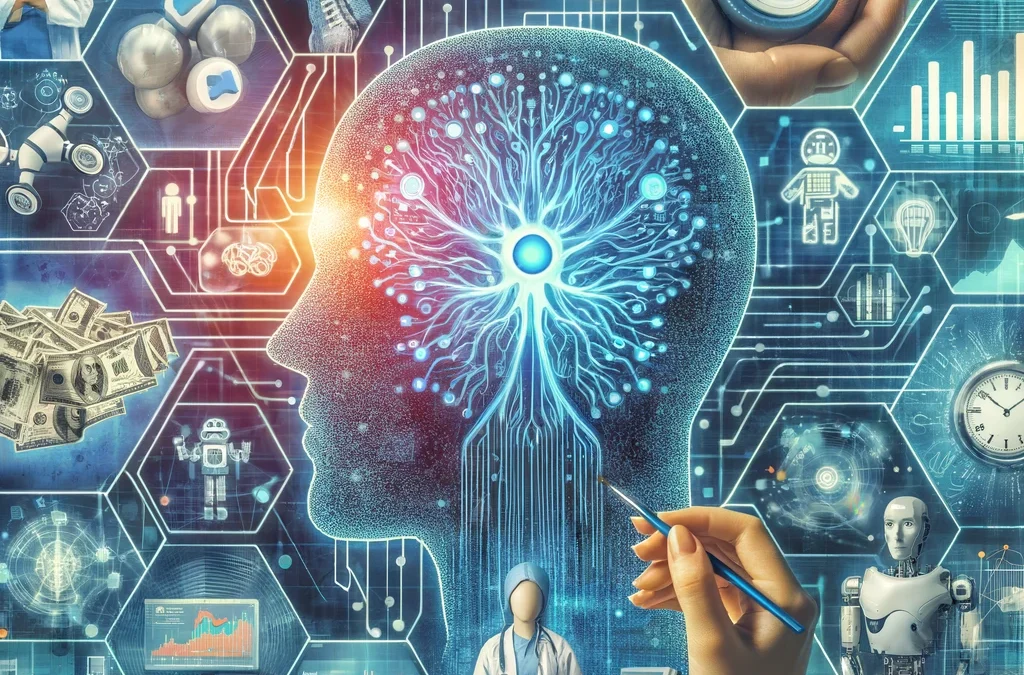Applied machine learning, covering the essential concepts
Aug 20, 2025 | Uncategorized

Applied machine learning, covering the essential concepts:
Statistical Learning vs. Machine Learning:
-
- Statistical learning: Focuses on understanding data relationships and drawing inferences using statistical methods.
- Machine learning: Emphasizes building algorithms that learn from data to make predictions or decisions without explicit programming.
Iteration and Evaluation:
-
- Iteration: Machine learning involves repeatedly training and refining models to improve performance.
- Evaluation: Metrics like accuracy, precision, recall, and F1-score measure model performance.
Bias-Variance Trade-off:
-
- Bias: Error due to overly simplified model assumptions, leading to underfitting.
- Variance: Error due to model sensitivity to training data, leading to overfitting.
- Trade-off: Balancing model complexity to minimize both bias and variance.
Supervised vs. Unsupervised Learning:
- Supervised learning: Uses labeled data to train models for prediction or classification.
- Examples: Linear regression, logistic regression, decision trees, support vector machines, neural networks
- Unsupervised learning: Discovers patterns in unlabeled data.
- Examples: Clustering (e.g., k-means), dimensionality reduction (e.g., PCA).
Problems Solved with Machine Learning:
-
- Classification: Assigning data to categories (e.g., spam detection, image recognition).
- Regression: Predicting continuous values (e.g., stock prices, energy consumption).
- Clustering: Grouping similar data points (e.g., customer segmentation, anomaly detection).
- Recommendation systems: Suggesting items or content (e.g., product recommendations, movie suggestions).
Train Validation Test Workflow:
- Training set: Used to train the model.
- Validation set: Tunes model hyperparameters and evaluates performance during training.
- Test set: Assesses final model performance on unseen data, ensuring generalization.
Workflow of Machine Learning:
-
- Problem definition and data collection.
- Data preprocessing and cleaning.
- Feature engineering and selection.
- Model selection and training.
- Evaluation and refinement.
- Deployment and monitoring.
Choosing the Right Algorithm:
-
- Consider data type, problem type, desired interpretability, computational cost, accuracy requirements, and available resources.
- Experiment with different algorithms to find the best fit for your specific problem.
Key Machine Learning Algorithms:
-
- Linear regression, logistic regression, decision trees, support vector machines, neural networks, k-means clustering, principal component analysis, and many more.
